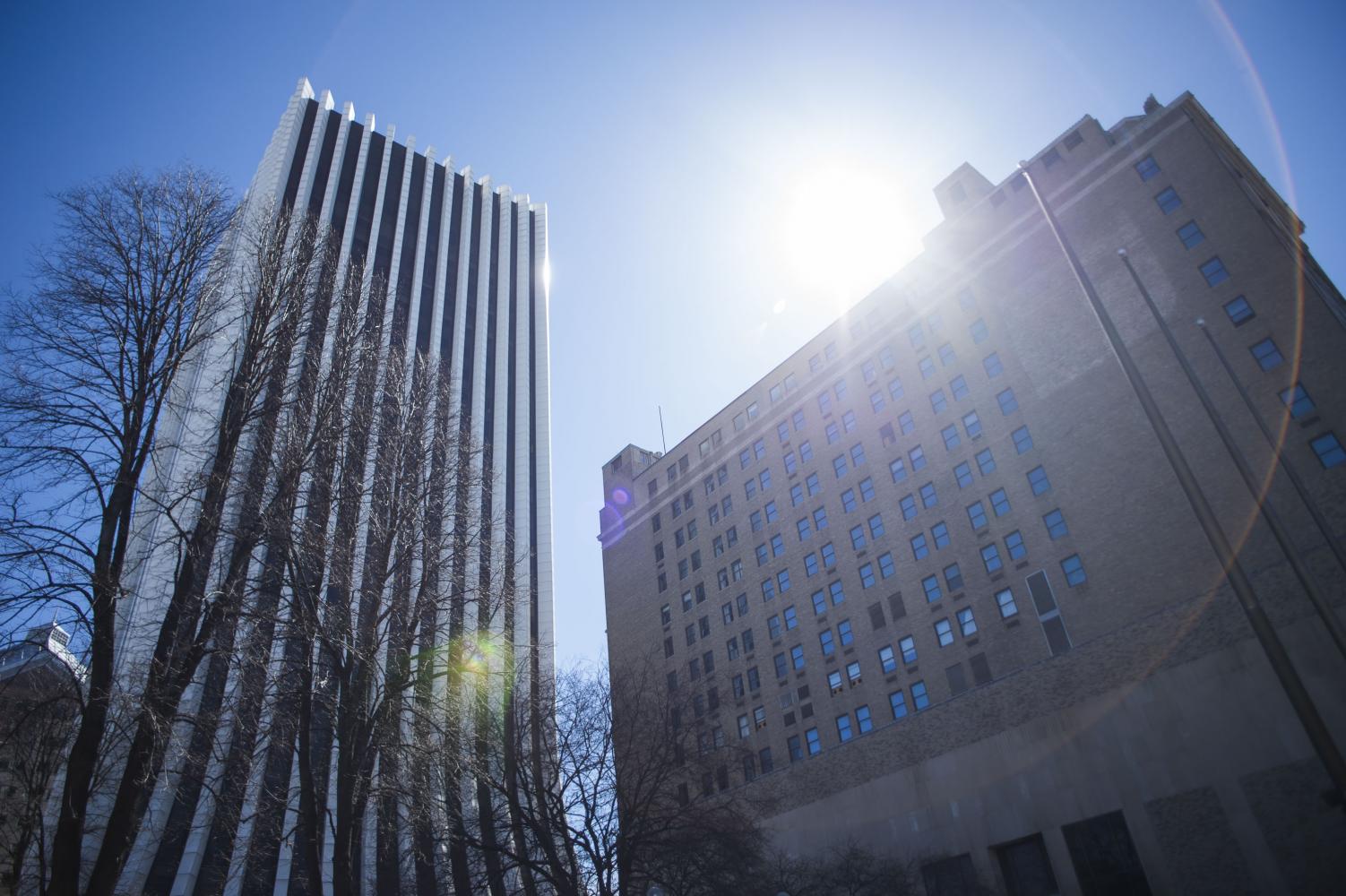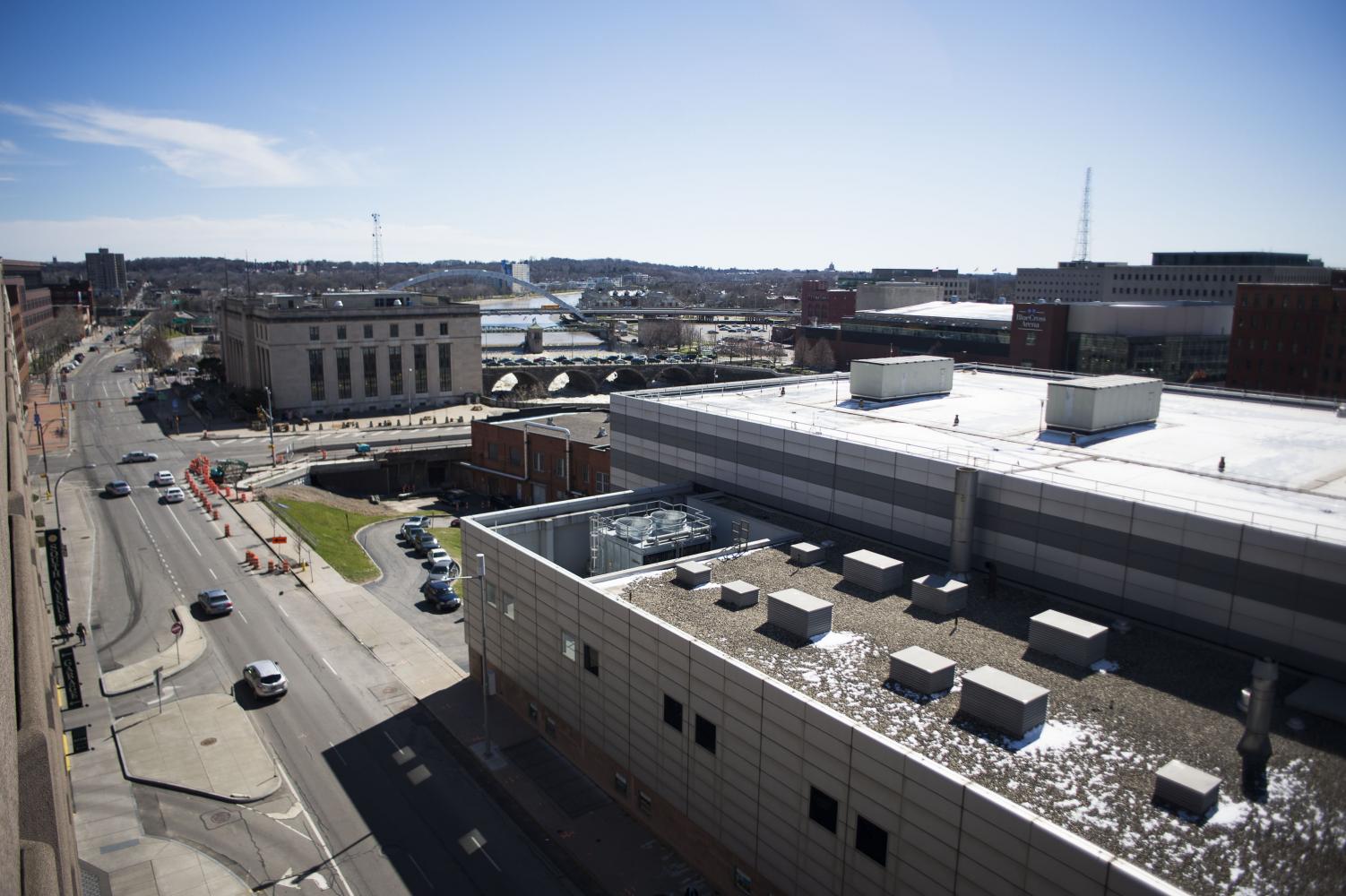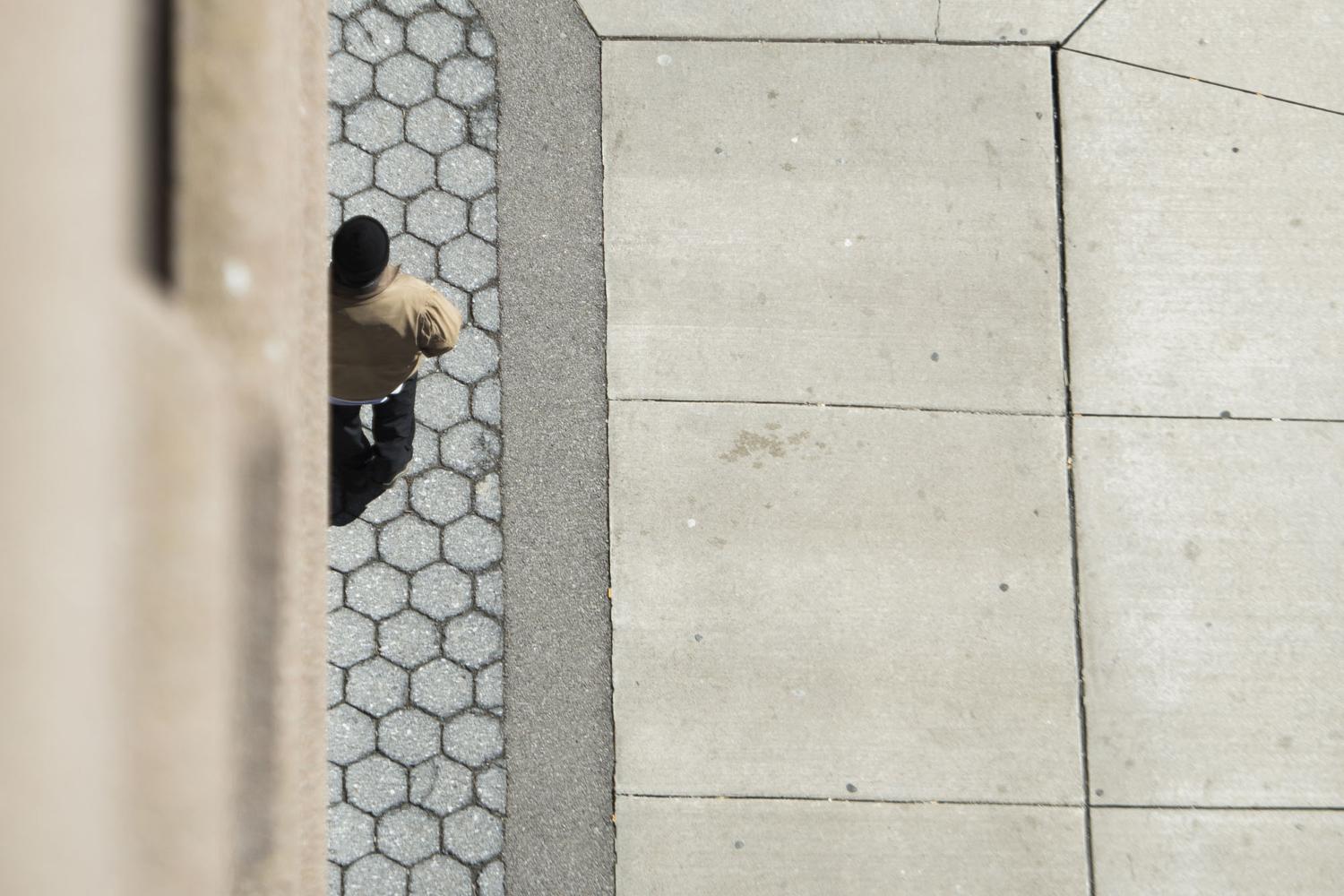Rochester has a long history of innovation, discrimination, success and failure. Many know Rochester for its industrial and civil activism past rather than its present. Some are not so optimistic of its future. Nevertheless, it is undeniable that Rochester’s rich history has shaped it into a place of immense culture, inequality and a city ready for a comeback.
Origin of Rochester
Before, the Genesee valley was home to the Six Nations of the Haudenosaunee (or Iroquois League), specifically the Seneca. However, after the nearly established U.S. won the Revolutionary War, George Washington ordered a campaign to eradicate the indigenous populations who sided with the British. The Iroquois peoples were among them.
According to RIT history professor Michael Brown, many veterans of the Revolutionary War aided in the genocide of the Six Nations. Word spread among the enlisted establishing a network of prospective land owners eager to purchase newly vacated land. One of those men was Colonel Nathaniel Rochester.
"[What] a lot of people don't know about Nathaniel Rochester is that he was a broker of other human beings,” Brown said. In other words, he was a slave trader. Colonel Rochester took advantage of the removal of the Seneca people to establish an Anglo American settlement in the Genesee falls. The falls were then used to power mills. The settlement was later called “Rochesterville” and the mills became a valuable resource in the economy.
Early Years of Social Justice
Rochester’s location on the Great Lake and near the Canadian border as well as its large Quaker population made it an opportune depot for the Underground Railroad.
The most well-known abolitionist who came to the area was Frederick Douglass, who, after escaping slavery, went to Boston but then decided to come to Rochester. He saw its potential to be a “hotbed” for the abolitionist movement.
Douglass allied with Susan B. Anthony and the two of them publicly supported abolition and the Women’s Suffrage Movement. The duo had a falling out over the ratification of the 15th Amendment, which is frequently referred to by historians as “the saddest divorce in American history." The amendment read:
“The right of citizens of the United States to vote shall not be denied or abridged by the United States or by any State on account of race, color, or previous condition of servitude”
The Amendment gave black men the right to vote, but not white women. The Women’s Suffrage Movement was split between showing solidarity with abolitionists or resisting any new amendments that didn’t provide universal suffrage to all women. Anthony and her comrade Elizabeth Cady Stanton stood on the latter, fearful that empowered black men would usurp them in civil liberties.
Industrial Revolution
According to Brown, unlike all other Great Lake cities, Rochester’s urban center was built around cataracts. This allowed Rochester to break away from the steel and mining trend and instead develop high quality and high tech manufacturing — none more prominent than George Eastman’s Kodak.
A genius in his own right, Eastman developed a dry plate industry and helped in every process from engineering, advertising and production.
“People worked for Eastman,” Brown explained. Not only did Eastman employ a fair amount of the city workforce at Kodak, but also funded much of its culture including numerous museums and the Eastman Theater.
Since all industrial jobs in Rochester were for skilled, specialized professions, there wasn’t a need for workers to unionize. Rochester therefore did not take part in the Labor Revolution and gained the nickname "Smugtown, USA."
Economic Inequality
"Rochester ranks high in professional degrees and quality of living as well as for childhood poverty."
According to Brown, Rochester is a city of progress, but also one of extreme inequality. “The paradox of Rochester is that it ranks high in professional degrees and quality living as well as for childhood poverty,” he explained.
The city of Rochester peaked in the 1950s, after which there was a steep decline in both population and economy. In the 1960s, as black people were slowly beginning to break down barriers of discrimination in professional industries like Kodak and Xerox, they witnessed those economic opportunities disappear.
After World War II, there was a second wave of migration of African Americans from the segregated south into Rochester in hopes of finding civil and economic opportunity. They were disappointed. Despite the lack of explicit segregation laws, discriminatory rental and housing practices isolated blacks into sectioned communities, de facto segregation.
After the passing of the Housing Act of 1954, these urban renewal projects further exiled blacks into “ghettos.” By 1964, the lack of opportunity, police brutality and poor living conditions culminated in The 1964 Rochester Race Riots. According to a Rochester City Newspaper article titled “Riots Still Haunt Rochester,” the three days of rioting resulted in 800 arrests, 350 injuries, 4 deaths and over 1 million in property damage.
"Rochester was actually the first city to deploy the National Guard to deal with urban upheaval in a northern city to establish order and suppress protest in 1964, three years before the Detriot riots,” Brown said.
Since the 1950s, white citizens in the city had only slowly been moving to the suburbs. However, after the race riots, a phenomenon known as “white flight” took place. White Rochesterians began to rapidly occupy the suburbs, taking with them their businesses and property tax revenue. In 1968, RIT’s final relocation from downtown Rochester into the Henrietta suburb also aided significantly in the deterioration of the city's economy.
The fallout disproportionately affected minorities who didn’t have the income to leave the city as well.
“Rochester is a remarkable city with admirable figures," Brown said. "It’s a city of imperfect historical figures.”
“As long as suburbanites and suburban governments see their interests at odds with the city government and city residents there will always be tension, particularly around school districts,” Brown noted. “Rochester is a remarkable city with admirable figures. It’s a city of imperfect historical figures.”
Rochester has the potential to pull itself up and regain its reputation as a city of innovators and leaders, but it will require the investment of people willing to give it a second chance again.











